Island roots in the heart of Texas – through the lens of Otis Stevens
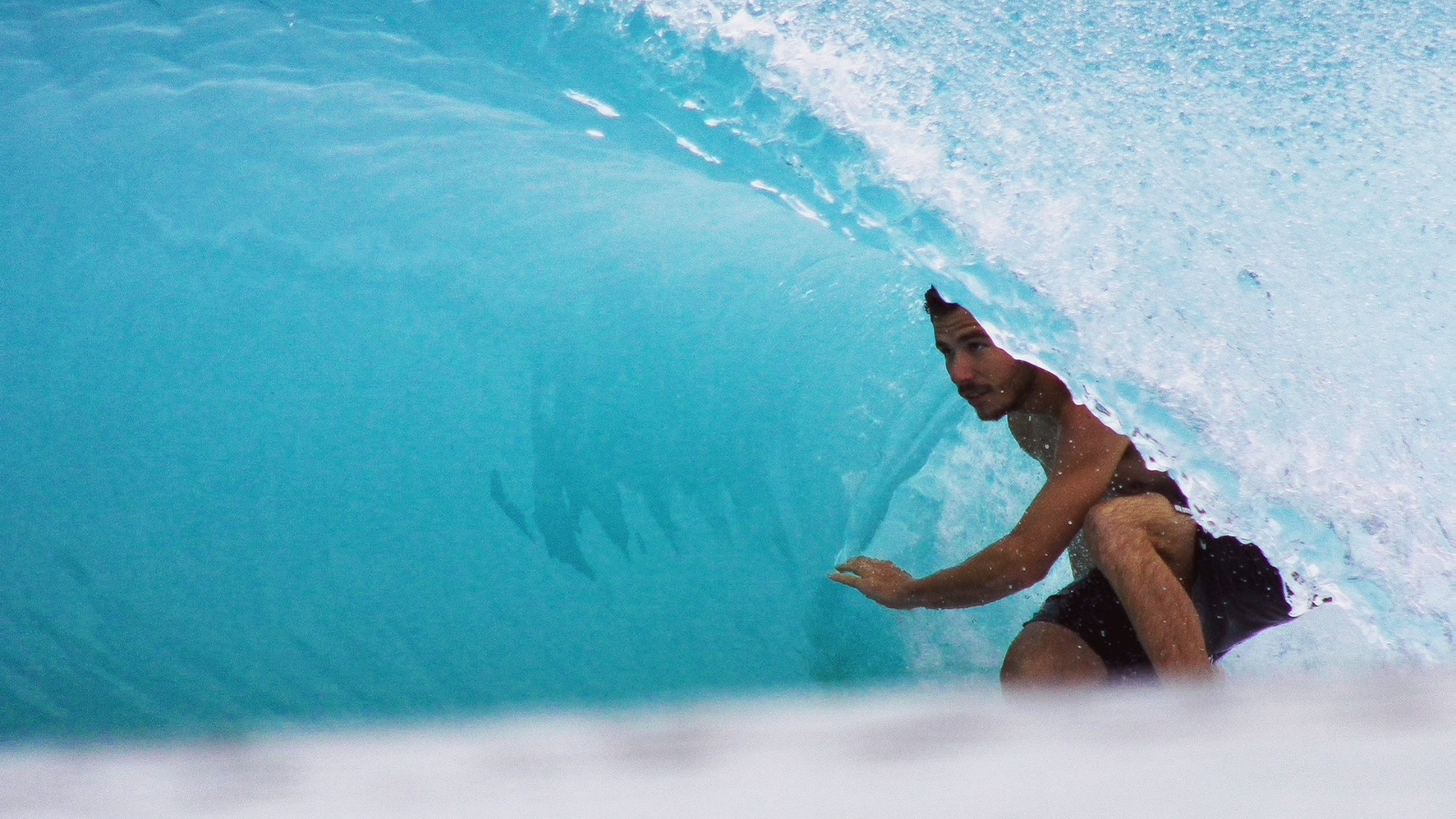
The contrast between surfing’s guarded outposts and the all-players-welcome approach of wave pools is like few other juxtapositions in the world today. Otis Stevens learned the Hawaiian surf photography code early. Certain spots you could name, Pipeline, Sunset – pretty much most of the North Shore – while entire Islands were verboten from naming, even shooting. It’s this dichotomy between two surfing universes that makes Otis’ story so interesting: He’s gone from moving in underground Hawaiian circles to the broad open sky of middle Texas.
Right now he’s the manager of the photography department and a manager of surf operations at BSR. He knows the wave machinery intimately. But why leave the surf soaked coastline for the Lone Star State? Otis told us it dawned on him one day that he could surf more waves if he lived at BSR than if he lived on the beach.
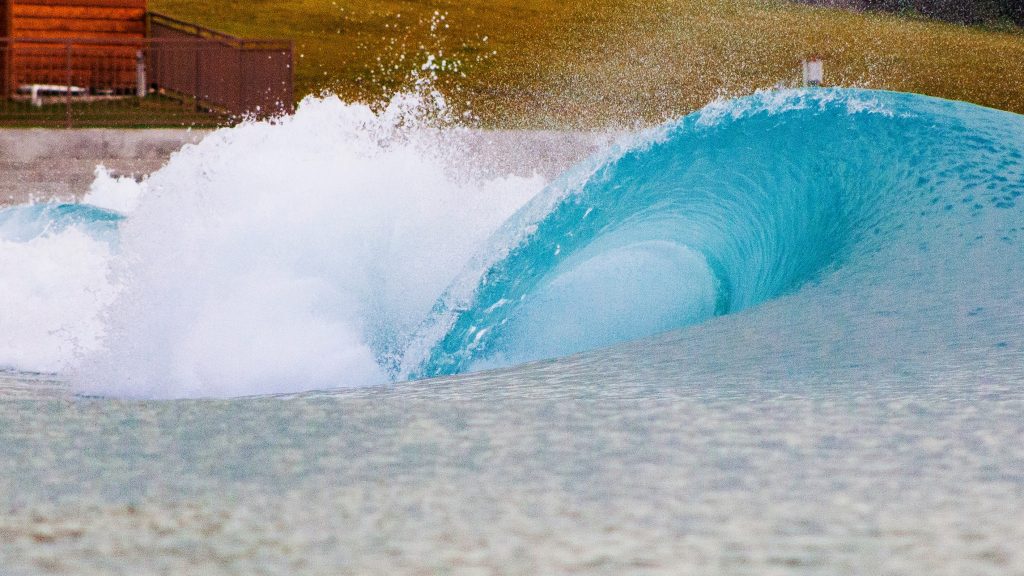
First, tell us briefly about yourself and your photography background.
I’m a third-generation surfer. I started surfing when I was five years old in South Padre Island Texas. My dad had a nice SLR camera and my brother was a really good surfer so I would be stoked to get shots of him doing airs. At 10 years old, with no motor drive to take 10 shots a second, I liked the challenge of timing the air shot.
And you lived in Hawaii?
We moved to the North Shore of Oahu when I was 12 years old. I’d ride my bike to Pipeline and Rocky Point to get surf photos. It was a dream place to get surfing photos so I started getting serious about it. It was also a good way to meet people in a new school. I was probably the only photographer under 18 back then. I got hooked up with equipment from Surfing Magazine and Larry Flame would critique the photos I submitted. But I moved to Kauai at 17. Back then you couldn’t submit photos of Kauai surfing to magazines so I just would take photos of friends. I was one of the only people shooting there. I started doing it less and less though.
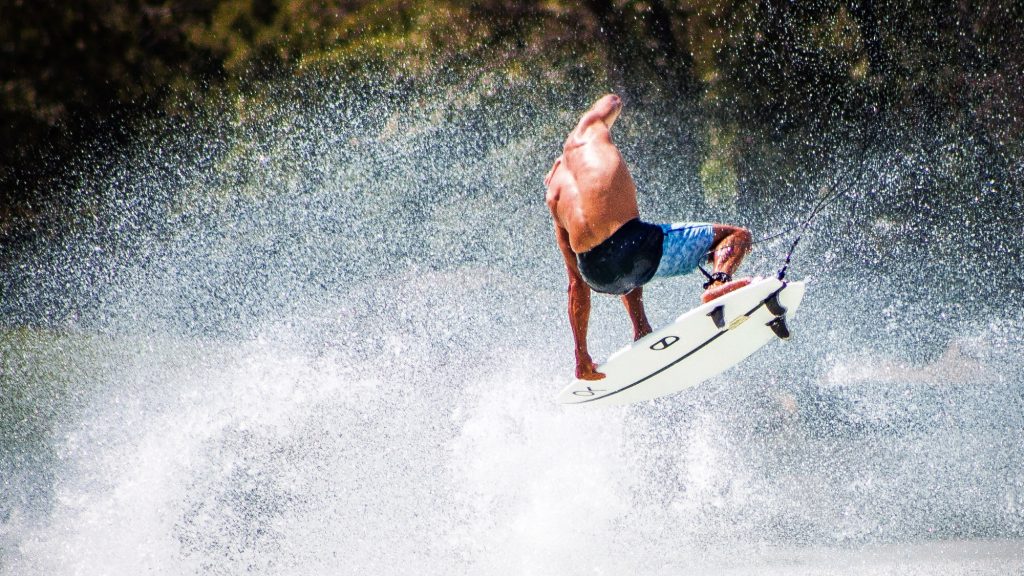
Which photographers do you most admire and why?
Growing up, Jim Russi, Don King, Hank Foto and Aaron Chang were photographers I looked up to when I was younger. They were putting out amazing shots from the North Shore.
So how did you end up in Texas?
I moved back to Texas in my 20s, and started businesses in transportation and software, hoping to eventually move back to Hawaii. It was a great experience but I worked a lot. After I sold my first business, I found myself with more time. I was trying to decide if I would move to Hawaii or Nicaragua. But when NLand opened in Austin, I was on the very first public session and a very regular customer there. Then when BSR opened, I was also on the very first public session there and became one of the most frequent customers. I figured out I could surf more waves at BSR than if I lived on the beach so I put off moving from Texas.
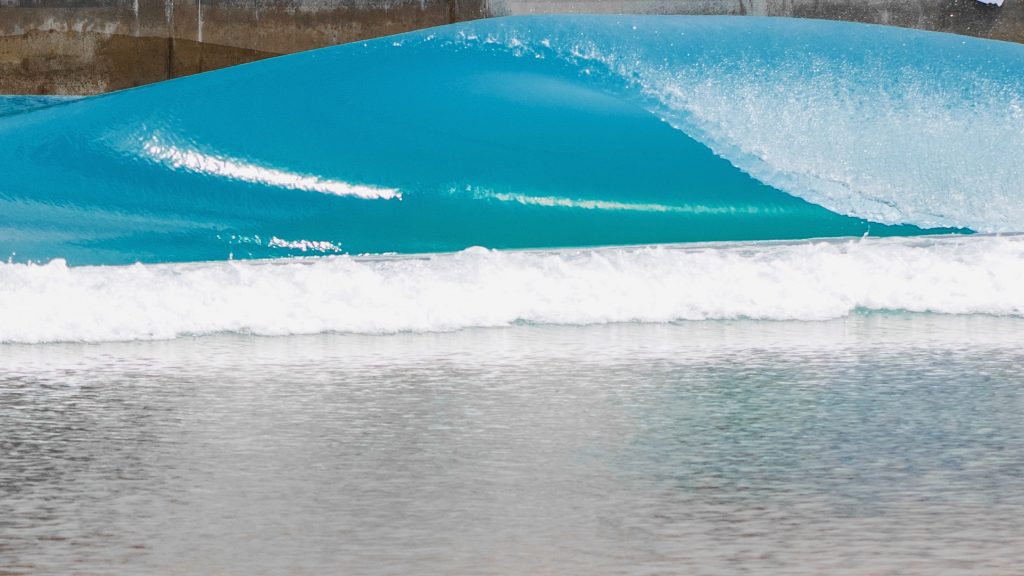
When did the relationship with BSR start?
In July of 2019, I became convinced that my experience running a business would be really helpful to BSR, so I asked if I could work there. It was nice to be able to share my experience in running business operations and my upbringing in surfing culture, but still, have the freedom that came with a supporting role. I also figured I’d be happy working in the wave pools industry for life – and working at one early on would be advantageous in the future. Being here day in and day out, not just when I was surfing, led me to pick up the camera again. It reminded me why I loved it so much when I was younger. It’s a special feeling getting someone the shot of their life. Digital photography for surfing was new to me so it opened up a lot of creative possibilities that weren’t available before.
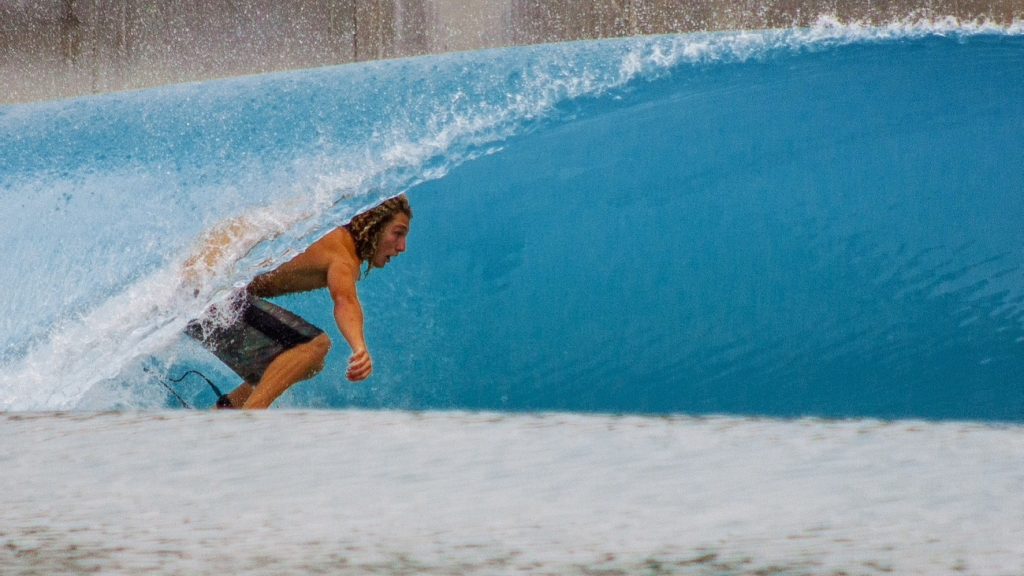
Run us through a typical day at BSR Surf Resort
It really varies day to day. One day I may get there at 7 am, check the water level, the session schedule, greet the first session of the day, and get the wave machine rolling. The next day I’ll be managing the general operations of the surf, inspecting the wave machine and making sure it’s running properly and managing the schedule.
Currently, I’m setting up and managing a new photography department that gets photos of all the public sessions. We post them at waco.surf for purchase. Sometimes I’ll be out there taking photos, or training photographers. But I’m always looking for new service offerings that would improve the experience at wave pools and my dream is to help set up many more systems at pools in the future.
I also really like keeping the sand nice and white, so you’d see me out racking and grading the beach at times, trying to find the right maintenance routine.
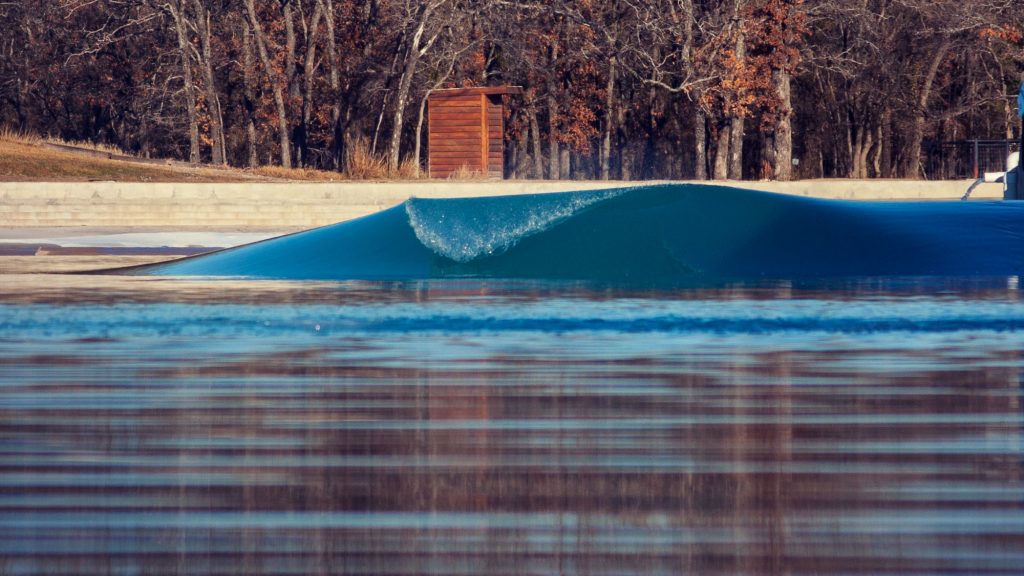
The sand?
The sand has materials and dirt that get in the sand and you need a way to get them out. Also, the grading of the beach for drainage is a little tricky. The shoreline is hit with wave energy every day all day. It’s more challenging than it may seem.
What’s the strangest thing you’ve seen happen at BSR?
I probably shouldn’t say but surfing in Waco Texas is strange enough all by itself.
Advice to visitors surfing there for the first time?
Don’t overdo it. You get so many waves in an hour session. Book a max of three sessions per day and schedule some other activities at the park for your downtime – the slide, wakeboarding, and the lazy river are nice activities to mix into your trip. Go into town and experience some Texas culture and food.
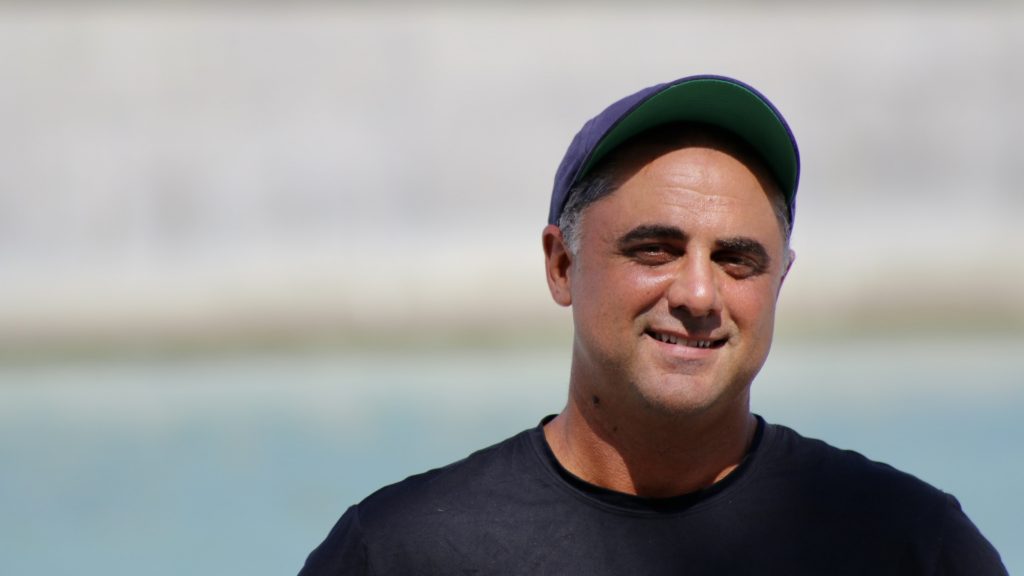
If you weren’t doing this what would you be doing?
Probably living in Hawaii or Nicaragua surfing and doing photography.
Where can people find more of your work?
I’m on Instagram @otisstevenss BSR surfing photos are on www.waco.surf
Any other thoughts?
Even with all the hype and excitement surrounding wave pools, I think the growth potential is still underestimated. There’s gonna be a lot of wave pools in 15 years.
On a side note, I’ve probably surfed more wave pool waves than anyone between NLand, BSR and The Surf Ranch. I may have had more tube time in a single year than any human in the history of surfing because we have barreling surf every day. Granted they’re small barrels- so a big asterisk on that claim.
Related Coverage
